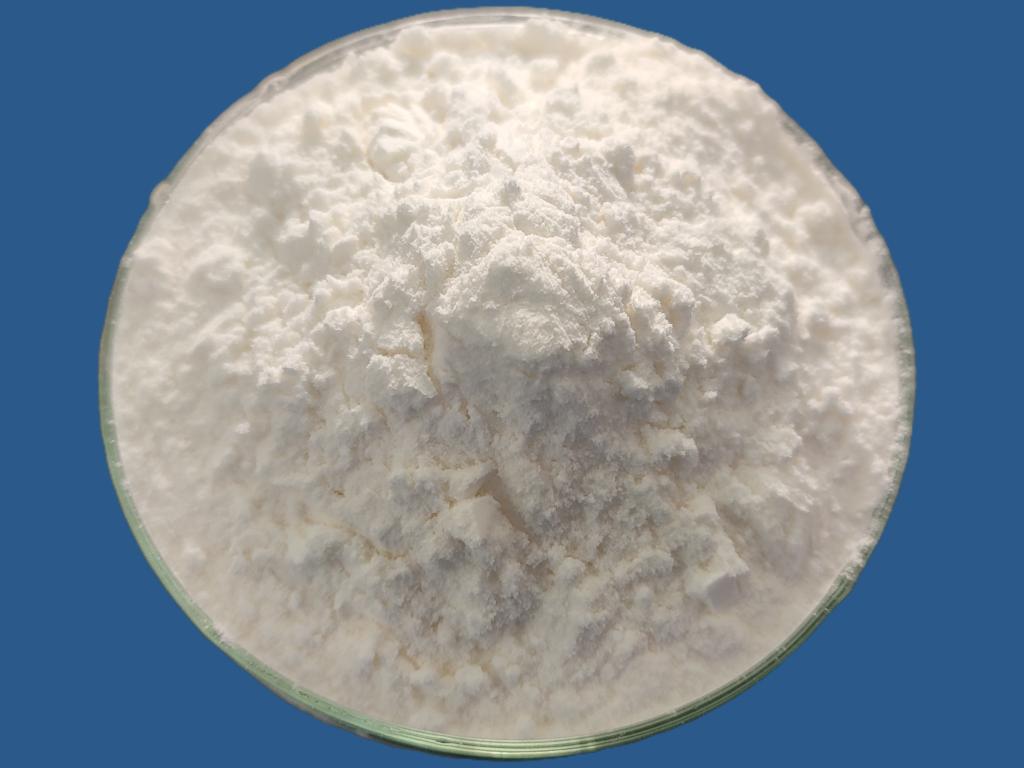Tel:+8618231198596

News
 CONTACT
CONTACT
 CONTACT
CONTACT
- Linkman:Linda Yao
- Tel: +8618231198596
- Email:linda.yao@dcpharma.cn
- Linkman:CHARLES.WANG
- Department:Overseas
- Tel: 0086 0311-85537378 0086 0311-85539701
News
Current Position:
Home >
News
>The Role of ε-Polylysine Hydrochloride in Enhancing Food Quality and Flavor
The Role of ε-Polylysine Hydrochloride in Enhancing Food Quality and Flavor
TIME:2024-01-19
I. Understanding ε-Polylysine Hydrochloride:
Structural Overview:
ε-Polylysine is a cationic homopolymer composed of lysine units linked by ε-amino groups. The hydrochloride salt form enhances its solubility and stability, making it a suitable choice for a wide range of applications in the food industry.
Antimicrobial Properties:
A notable feature of ε-polylysine hydrochloride is its inherent antimicrobial activity. This property arises from its ability to disrupt microbial cell membranes, making it effective against a broad spectrum of bacteria and molds. This antimicrobial property not only contributes to food safety but also plays a role in extending the shelf life of various products.
II. Preserving Freshness and Quality:
Inhibition of Microbial Growth:
The antimicrobial properties of ε-polylysine hydrochloride make it an effective natural preservative. By inhibiting the growth of spoilage and pathogenic microorganisms, it helps preserve the freshness and quality of food products, reducing the reliance on synthetic preservatives.
Extending Shelf Life:
In perishable food items such as meats, dairy products, and bakery items, ε-polylysine hydrochloride's ability to extend shelf life is a significant advantage. This contributes to reducing food waste and ensuring that consumers can enjoy products with optimal freshness for a more extended period.
III. Texture Enhancement in Food Products:
Gelling and Thickening Agent:
ε-Polylysine hydrochloride exhibits unique gelling and thickening properties, making it a valuable ingredient in the formulation of certain food products. Its application in sauces, dressings, and desserts contributes to improved texture and mouthfeel.
Stabilization in Processed Foods:
Processed foods often face challenges related to stability and texture. ε-Polylysine hydrochloride serves as a stabilizing agent, preventing undesirable changes in texture during processing and storage. This is particularly beneficial in the production of sauces, gravies, and emulsified products.
IV. Flavor Modulation and Enhancement:
Umami Enhancement:
The use of ε-polylysine hydrochloride has been linked to enhancing the umami taste in various food products. Its interaction with amino acids contributes to a savory and satisfying flavor profile, making it a valuable tool for formulating savory dishes.
Reduction of Off-Flavors:
In certain food products, off-flavors can arise due to microbial activity or oxidation. ε-Polylysine hydrochloride's antimicrobial properties help mitigate the development of off-flavors, ensuring that the natural and intended flavors of the food are preserved.
V. Applications in Specific Food Categories:
Meat and Poultry Products:
In the meat industry, where maintaining freshness is paramount, ε-polylysine hydrochloride can be incorporated into marinades, coatings, and packaging materials to enhance shelf life and reduce the risk of spoilage.
Dairy and Cheese Products:
The antimicrobial and texture-modifying properties of ε-polylysine hydrochloride find applications in dairy products, including cheeses. It contributes to the preservation of cheese quality and texture throughout its shelf life.
Bakery and Confectionery:
The stability and texture-enhancing qualities of ε-polylysine hydrochloride make it a valuable ingredient in bakery and confectionery products. Its application in doughs, batters, and icings contribute to improved product quality.
VI. Regulatory Considerations and Consumer Perception:
Regulatory Approval:
ε-Polylysine hydrochloride is generally recognized as safe (GRAS) for use in food by regulatory authorities. However, it is crucial for manufacturers to adhere to regulatory guidelines and ensure proper labeling to instill consumer confidence.
Consumer Acceptance:
Communicating the benefits of ε-polylysine hydrochloride, such as improved food safety, extended shelf life, and enhanced flavor, is essential for gaining consumer acceptance. Transparent labeling and education on the natural origin of ε-polylysine hydrochloride can contribute to a positive perception among consumers.
VII. Challenges and Considerations:
Optimizing Formulations:
Achieving the desired effects with ε-polylysine hydrochloride requires careful optimization of formulations. This includes determining the appropriate dosage, considering interactions with other ingredients, and ensuring that the overall product quality is not compromised.
Sensory Impact:
While ε-polylysine hydrochloride offers numerous benefits, its sensory impact on food products should be considered. Balancing its use to enhance texture and flavor without imparting any undesirable aftertastes or textures is a critical consideration.
VIII. Future Prospects and Innovations:
Research on Synergistic Combinations:
Exploring synergistic combinations of ε-polylysine hydrochloride with other natural ingredients or technologies may offer new avenues for enhancing food quality and flavor. Research in this direction could lead to innovative formulations with improved effectiveness.
Applications in Emerging Food Trends:
As the food industry evolves to meet the demands of emerging trends such as clean labeling, plant-based products, and sustainable practices, ε-polylysine hydrochloride may find new applications. Its natural origin and multifunctional properties align with the preferences of modern consumers.
IX. Conclusion:
ε-Polylysine hydrochloride stands at the forefront of innovation in the food industry, offering a unique set of properties that contribute to the preservation, texture enhancement, and flavor modulation of various food products. As the demand for natural and effective solutions continues to grow, ε-polylysine hydrochloride holds immense promise for enhancing food quality and flavor across a spectrum of applications. As research advances and the industry embraces this versatile ingredient, the role of ε-polylysine hydrochloride in shaping the future of food is poised to expand, providing both technological advancements and enhanced culinary experiences for consumers.
- Tel:+8618231198596
- Whatsapp:18231198596
- Chat With Skype







